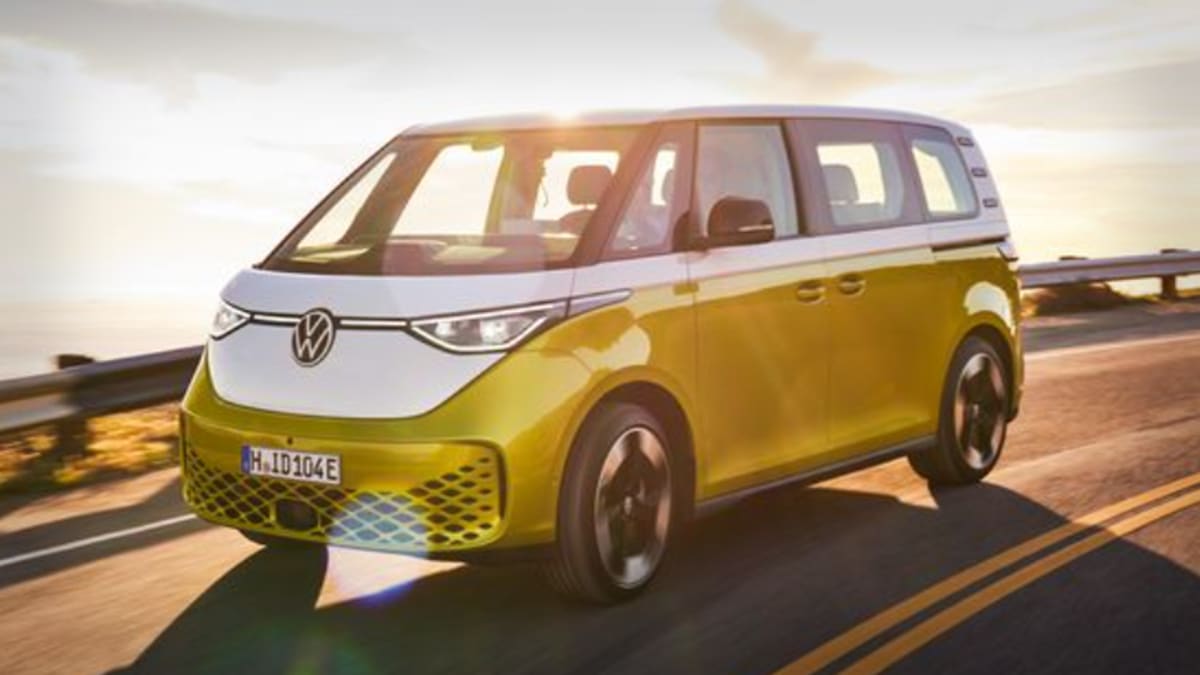
St. Thomas, Ontario is getting on track.
In the 19th and 20th centuries, the Canadian city in southwestern Ontario, about midway between Toronto and Detroit, was an important railway junction, with a total of 26 railways passing through the city.
DON'T MISS:Tesla and Elon Musk Are Having a Bad Month
As railways declined, other industries began to locate in the city, including the automotive sector.
Ford (F) opened a plant in St. Thomas in 1967 and started building the Ford Falcon. The facility closed in 2011 and the last Crown Victoria built by the remaining 300 employees was sent to Saudi Arabia.
Now Volkswagen (VLKAF) is rolling into town. The German automaker and its battery company PowerCo chose St. Thomas as the site to build its first cell manufacturing gigafactory outside of Europe.
Volkswagen said on March 13 that Canada was an ideal location due to the supply of raw materials from local sources and "wide access to clean electricity."
The factory will produce sustainable unified cells with production planned for 2027.
Volkswagen Building Cell Factories
Canadian officials lobbied hard for the plant. Ontario’s Minister of Economic Development Vic Fedeli travelled to Germany to meet VW officials in October, according to the Toronto Sun.
Francois-Philippe Champagne, the federal industry minister, visited VW and other manufacturers in Germany this past fall as part of the push to seal the deal.
Ontario passed a law last month adjusting the ministerial boundaries so that the entire property would be located within St. Thomas in an effort to avoid a lot of red tape.
The St. Thomas facility will be PowerCo’s third plant worldwide and its first cell factory in North America.
VW said last year that it planned to build six PowerCo factories in Europe, starting in Salzgitter, Germany and Valencia, Spain.
Earlier this month, Volkswagen's Scout Motors said that it would build a $2 billion manufacturing plant near Columbia, S,C.
The Scout Motors investment could potentially create 4,000 permanent jobs and produce more than 200,000 Scout vehicles annually. Production is scheduled to begin by the end of 2026.
“Our North American strategy is a key priority in our 10-point-plan that we’ve laid out last year,” Volkswagen CEO Oliver Blume said in statement. “With the decisions for cell production in Canada and a Scout site in South Carolina we’re fast-forwarding the execution of our North American strategy.”
Canada Working to Get EV Business
Canada has seen at least 10 major electric vehicle-related commitments totaling more than C$16 billion, or $12 billion, in the past two years as federal and provincial governments work to attract investments in the sector, according to CTV News.
Volkswagen’s brands are looking to introduce more than 25 new BEV models through 2030.
The auto company is currently producing the ID.4 SUV at its plant in Chattanooga, TN and plans to upgrade the plants in Puebla and Silao, Mexico, for the assembly of BEVs and possibly for components such as electric motors in the second half of the decade.
A report by the accounting and auditing firm EY in September said that China, Norway and Sweden were the top countries in terms of electric vehicle readiness.
The U.S. ranked seventh, EY said “mainly due to poor demand.” Only 29% of U.S. consumers are looking to buy an EV as their next vehicle, the lowest of all the countries surveyed, the report said.
Canada with in the 13th position, despite a strong energy ecosystem and plans for battery factories to be built in the country. The also trails in demand, “in some part due to the high cost of EVs in Canada,” the report said.







